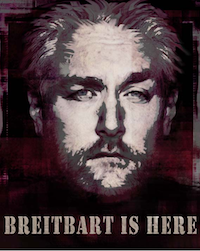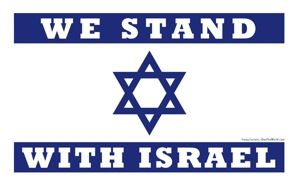Gabe Rottman
ACLU
5/14/2012
The forthcoming summit of the North Atlantic Treaty Organization, set for May 20 and 21 in Chicago, could be the first public test of H.R. 347, the recently passed law that expanded the ability of the Secret Service to suppress protests in or around certain restricted zones near individuals under its protection. We’ve written about H.R. 347 here and here.
NATO summits are interesting affairs. Unlike the periodic meetings of member nations, the summits are more stately and elaborate events, meant to introduce major policy changes or new members to the strategic alliance (among other things). This means lots of Very Important Persons, and lots of Very Controversial Issues. Both of these things mean lots of expected First Amendment activity.
As far as H.R. 347 goes, the NATO summit has been declared a “National Special Security Event” by the Department of Homeland Security. This puts the Secret Service in charge of the overall security plan. My understanding is that the FBI chips in with counterterrorism and counterintelligence assistance, and the Federal Emergency Management Agency (another DHS agency) is in charge of emergency preparation. It also means massive security preparations and infrastructure—and lots of opportunities for the suppression of lawful protest.
The entire area around Chicago’s McCormick Place—the main site for the summit—will be off-limits to unauthorized personnel, and I believe will qualify as a restricted zone under the federal law that was amended by H.R. 347. Additionally, the Secret Service plans to close parts of Lake Shore Drive and I-55 near the summit as well as other locations in the Loop.
For protesters, this means a couple of things…
The article continues at ACLU.org







